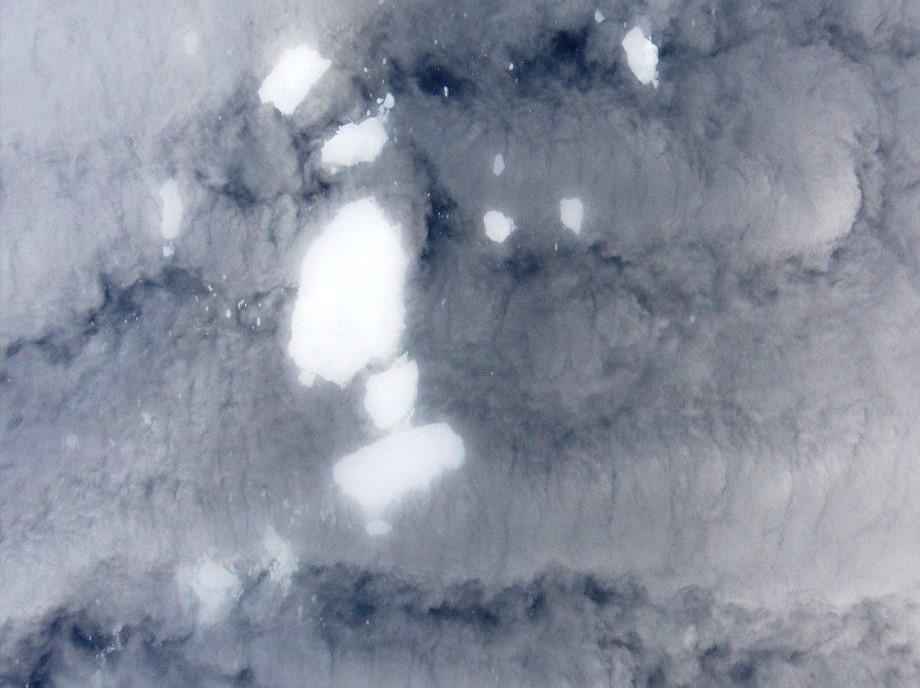
The Arctic is the region on our planet where climate change has its strongest effects, with the highest
temperature increase observed and predicted. This is partly due to the peculiarities of the Arctic, such
as the albedo feedback effect. Clouds in the Arctic interact with these feedback mechanisms by changing the
energy budget of the surface. This cloud radiative impact strongly depends on the cloud microphysical properties,
such as the size and concentration of cloud droplets, ice crystals and precipitating particles but also on
cloud amount, cloud thickness and cloud live time. All these parameters are directly or indirectly coupled
to the properties of aerosol particle which are the nuclei for each cloud. To study these interactions between aerosol,
clouds and radiation is the main goal of RACEPAC ...
